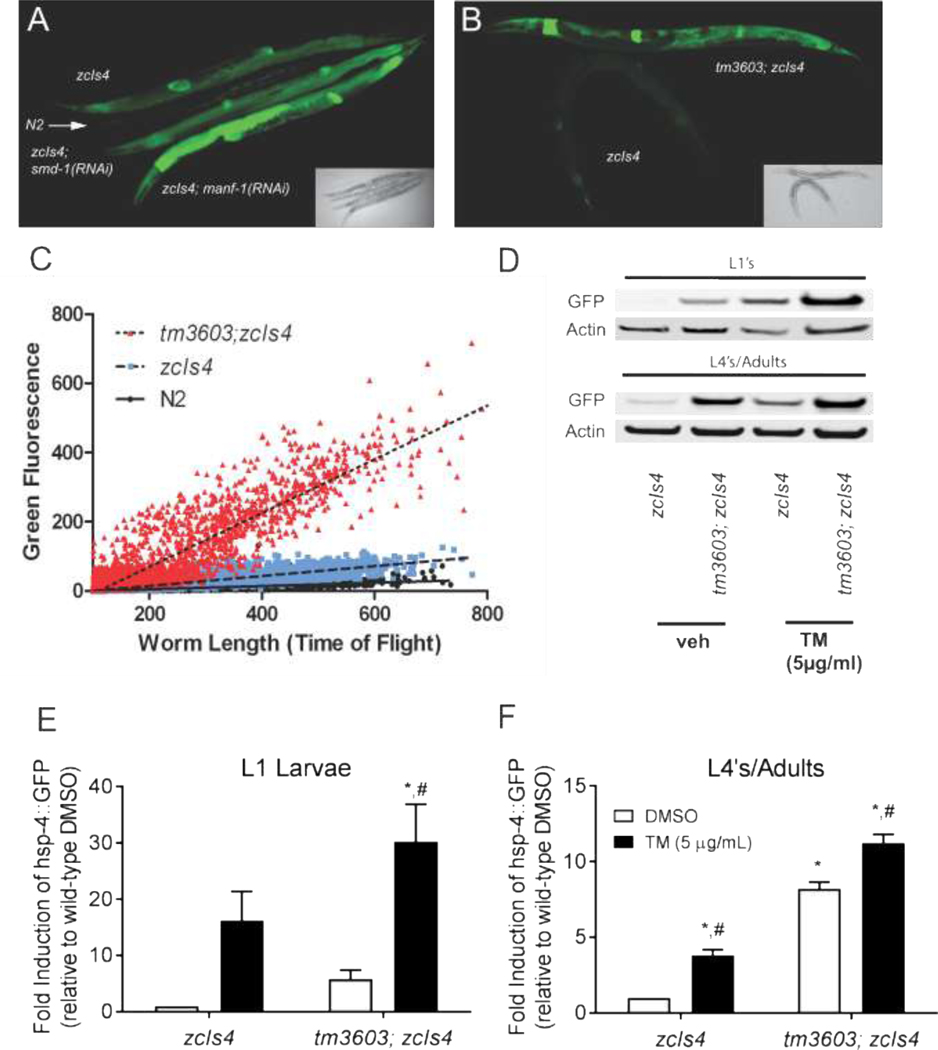Figure 2. Depletion of manf-1 either by RNAi or mutation induces the expression of an hsp-4 reporter.
(A) A confocal image showing GFP fluorescence from the zcIs4 reporter (hsp-4 promoter::GFP). Age-matched hermaphrodites of several strains and treatments are arranged from top to bottom: zcIs4 (basal expression of the hsp-4::GFP reporter), followed by a wild-type N2 (non-GFP control showing minimal background autofluorescence), a non-UPR related control zcIs4; smd-1(RNAi), and zcIs4; manf-1(RNAi) animals respectively. The inset is a bright field image of the same worms. (B) A confocal image and bright field inset demonstrating the increased expression of the hsp-4::GFP reporter in manf-1(tm3603) mutant animals (top) compared to wildtype N2 worms (bottom). (C) Asynchronous cultures of wildtype (black), zcIs4 (blue), and tm3603; zcIs4 (red) were analyzed by COPAS worm sorter for time of flight (an indicator of body length) and integrated GFP intensity. The manf-1(tm3603) strain has increased expression of the GFP reporter at all stages of development. The dashed and dotted lines denote the best fit line after linear regression analysis for the zcIs4 and zcIs4; manf-1(tm3603) populations respectively. (D) An immunoblot showing the relative GFP expression of synchronized populations before and after exposure to tunicamycin. Worms were treated with tunicamycin (5 micrograms/mL) or DMSO (vehicle) for 5 hours before lysis and separation by electrophoresis. The quantification of tunicamycin-induced GFP expression (relative to actin) for L1 stage animals is shown in (E) and for adult animals in (F), (n=4). While L1 populations exhibited greater levels of inducibility than the adult populations, they also showed greater variability. Animals carrying the manf-1(tm3603) mutation expressed higher levels of GFP expression basally and achieved greater overall levels of GFP expression after tunicamycin, but did not have an overall difference in tunicamycin response (no dose-strain interaction in two-way ANOVA for either L1 or adult animals). Symbols represent significance in twoway ANOVA (strain, dose) with post-hoc analysis: *, p < 0.05 compared to zcIs4 DMSO control; #, p < 0.05 compared to tm3603 DMSO control.

